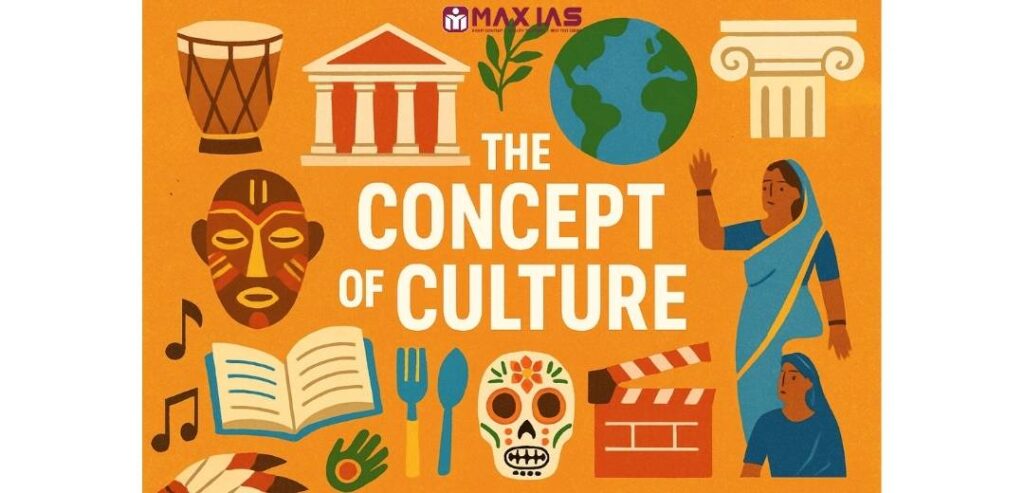
The word culture is used in two different ways by anthropologists.
One group can be called materialists or behaviourists since they view culture as observed behaviour and material objects which help people adjust to a particular social, political or physical environment.
The other group is referred to as the mentalists or ideationists since they consider culture as an abstraction, as a series of standards or rules for behaviour or for making material objects.
The view taken here is that both are right; they differ in referring to different parts of the social system.
The things that distinguish one group of people from another are clearly visible through distinctions in clothing, housing, language, and behavior..
One of the major aspects of culture is the set of standards, rules, or norms that reside in the minds of individuals, guiding them on how to act, how to evaluate situations, and how to construct anything from a stone axe to a skyscraper. These cultural frameworks inform individuals about social hierarchies, roles, the nuances of love, and other knowledge pertinent to proper and effective actions within a given society.
Culture is obtained from others within the same society. Individuals not only inherit ideas and cultural norms but also tangible assets such as homes, resources, money, social standing, a grandmother’s weaving loom, a father’s farm, an older brother’s cherished bow, and the skills necessary to create and utilize these items.
Culture can be understood as the cohesive system of learned behavioral patterns that are shared among members of a society. It encompasses not only unique material objects but also distinct behaviors, all of which are aligned with a set of rules or standards. These guidelines instruct individuals on how to create these items and determine the appropriate contexts for their use.
These are the essential components of the concept of culture. However, because of the extensive field over which it is applied there is some variation among the anthropologists on the use of the concept.
Nevertheless, the following are the major points of the agreement.
- Culture refers to a full range of behavior in a group.
- All aspects of each group’s culture are closely interwoven into a pattern which is unique for that group.
- Culture changes as a result of contact between human groups, interactions with the natural environment and forces within a group such as technological innovation that create new challenges and problems.
- Every culture is a set of symbols. People respond to cultural symbols rather than the objective reality.
- All social life takes place in groups.
- Every culture has a range of permissible behavior not a set of inflexible rules but about how each activity must be conducted.
- Each culture is transmitted from generation to generation by means of specific techniques and procedures


